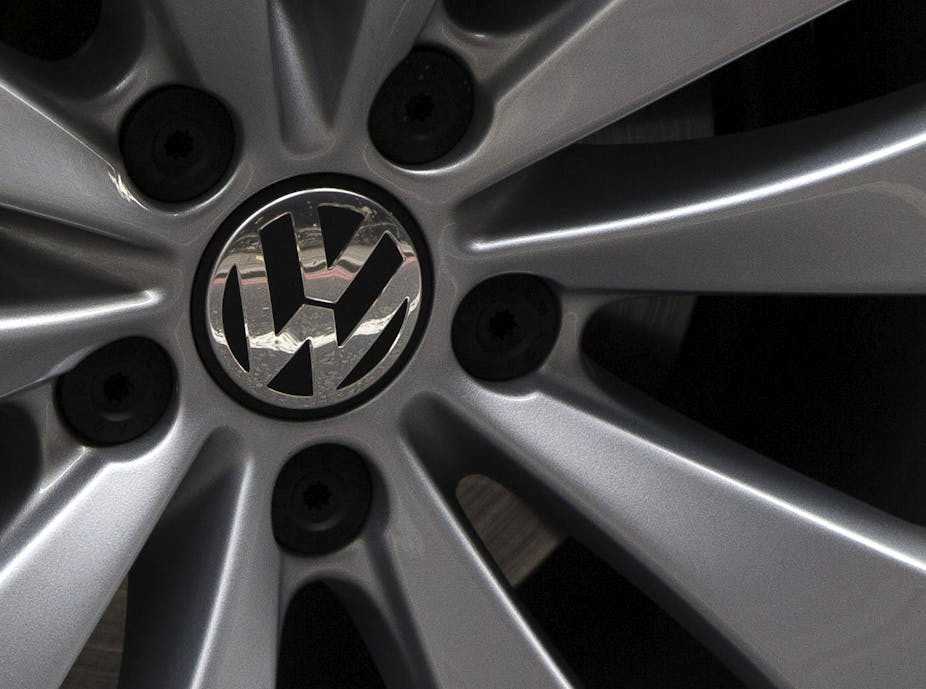When Paul Willis, the UK managing director of Volkswagen, gave evidence to the transport select committee, he was quick to apologise to the more than 1m of his customers affected by the emissions scandal that has engulfed the German car firm. He was never likely to lay any blame at their door, of course, but over the past few weeks of gradual revelations, an interesting strand has begun to emerge: how little was expected of customers.
It would appear that one of the reasons VW opted to avoid installing the full suite of technologies ideally needed to meet California, US, and indeed Euro 6 regulations is that it feared that you and I would prove resistant to the demands this placed on us.
In order to deliver diesel engines which meet the demands of those emissions standards, then in most applications the best option would be to fit a selective catalytic reduction (SCR) system. In fact, the latest reports suggest this is exactly what VW will now do in the US and Europe. The trouble is, these systems are not an entirely hassle-free solution.
Service history
I have spoken to industry journalists who wondered why different diesel truck engine technologies were being used in the US and Europe in 2003 shortly before new emissions targets were introduced in the US. They were told at press conferences that manufacturers feared the average American truck driver would not be capable of adding the required urea solution to keep such SCR systems operational and that therefore this technology was best avoided.
This was despite the fact that their European counterparts had proved perfectly capable of doing so – and as, subsequently, have those same US truck drivers. There has been resistance however, as you can witness on professional forums, and you can see how the idea would develop that the average consumer would simply not be able to, or want to, handle this same task. That is without factoring in the increased running costs to drivers.
It is worth pointing out here that although the urea liquid is less benign than windscreen washer fluid, the procedures are pretty much the same for both. If you didn’t want to lay this task on the driver, then the other option was to include it as part of a regular service. This would work fine, were it not for the fact that in normal use the urea tank lasted around 5,000 miles, while the service intervals had, over the years, been extended to 10,000 miles. That lengthy gap between services had evolved into a key selling point for auto companies.

There was also a more prosaic problem. At times, urea could be over-delivered into the exhaust system, producing an off-putting ammonia smell. In short, do people want to buy a car that occasionally smells like a public toilet?
These may be valid concerns. On the face of it, this final point, as well as the urea topping-up procedure could be addressed through customer education, and in fact catalysts or catalyst washes that process such excess urea are on their way to market. One way of tackling the broader problem is to introduce a very quick interim service for urea top-up which could even be carried out by a roving mechanic at the owner’s home or place of work; it is, after all, a five-minute job. This could be used to enhance customer loyalty, dealer loyalty and overall customer care.
Car makers’ doubts about their customers’ abilities and patience are not entirely baseless. Petrol/diesel mis-fuelling is a daily occurrence, while users have also been found trying to put diesel in the urea tank. Similarly the diesel particulate filter is causing problems on many cars due to inner city usage patterns by diesel car owners which don’t suit the technology. Which brings us to the wider issue of the relationship between car manufacturers and their customers.
Humble consumers
In the early days of motoring, there were close links between car makers and their customers. Car buyers were often skilled or interested in the engineering of their cars, or employed people who were. Kathleen Franz has described how early motorists often provided an input into the design of cars, suggesting and even patenting improvements to cars that were regularly adopted by manufacturers.
By the 1930s this had started to change. It may be that with the wider availability of motorisation, drivers had become less skilled, but a more likely scenario, presented by Franz, is that car manufacturers themselves began to resent this amateur interference in what was by then a highly professional industry, with the design function in particular a new and still novel area of professionalism in the industry, spearheaded by General Motor’s “Art and Color Section” under the legendary Harley Earl.

The model was increasingly one of the professionalisation of design, whereby the professionals would determine what was good for the customer, who then gratefully and humbly received the products of these professionals’ creativity and skill. With this started a process of alienation that prevented car buyers building too close a relationship with the product, such that its subsequent replacement with a newer and better car was never too painful – the industry is, after all still driven by a new car sales model.
At the same time, the car buyer gradually lost either the skill or the interest in looking after the car and caring for it. Many motorists nowadays do not open the bonnet, nor would they know what to do if they did. This process of industry-induced alienation has led, ultimately, to a situation whereby manufacturers do not trust customers to top up a new liquid in their cars and whereby customers expect their cars to deliver performance, fuel consumption and emissions performance, however they drive it or look after it.

